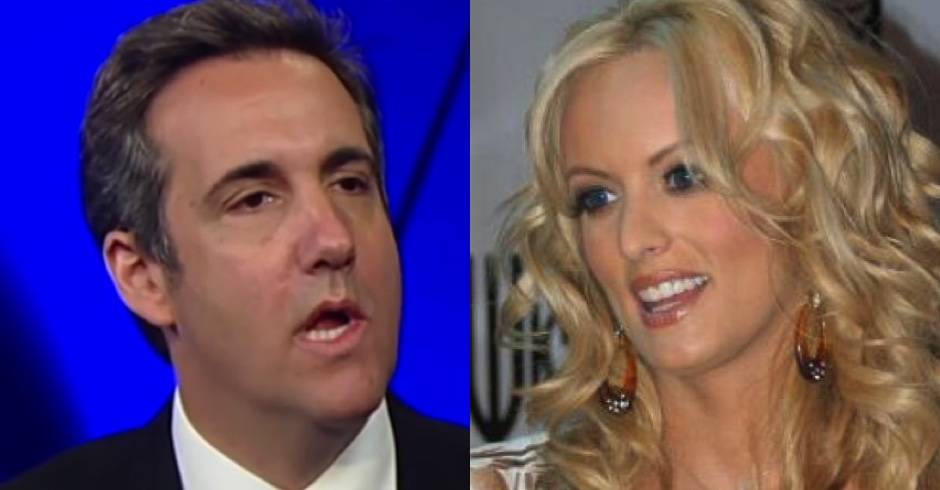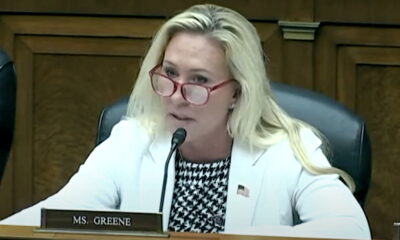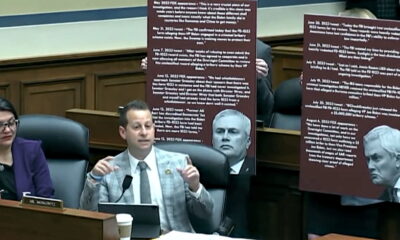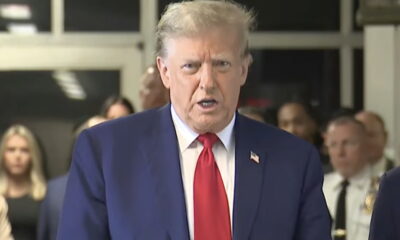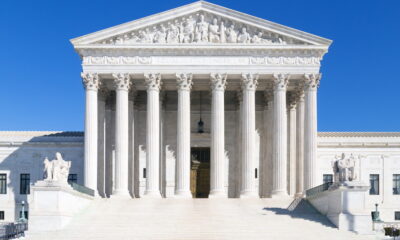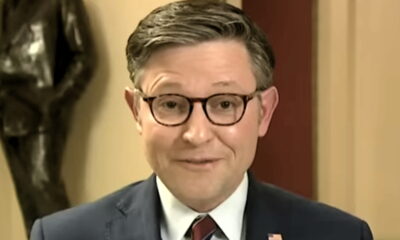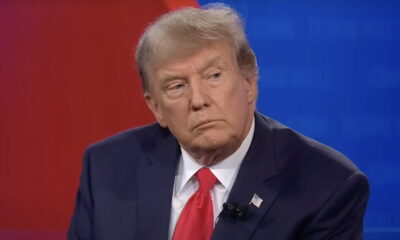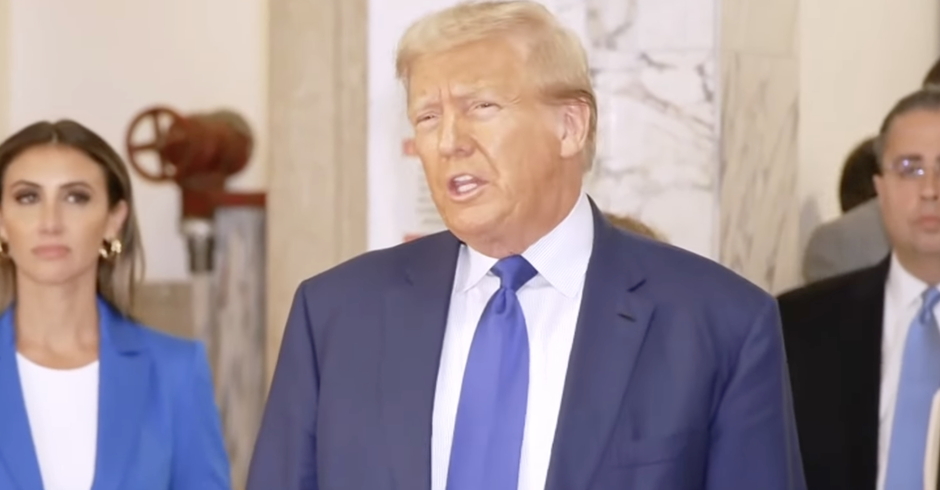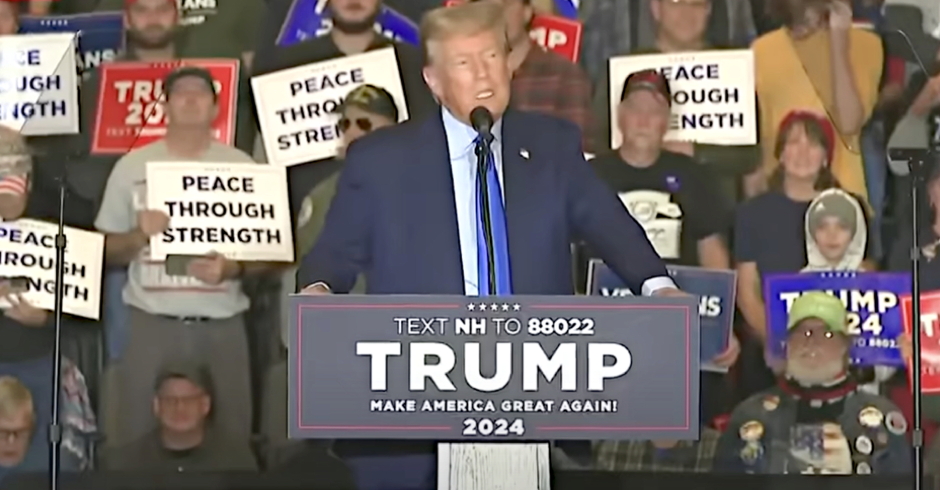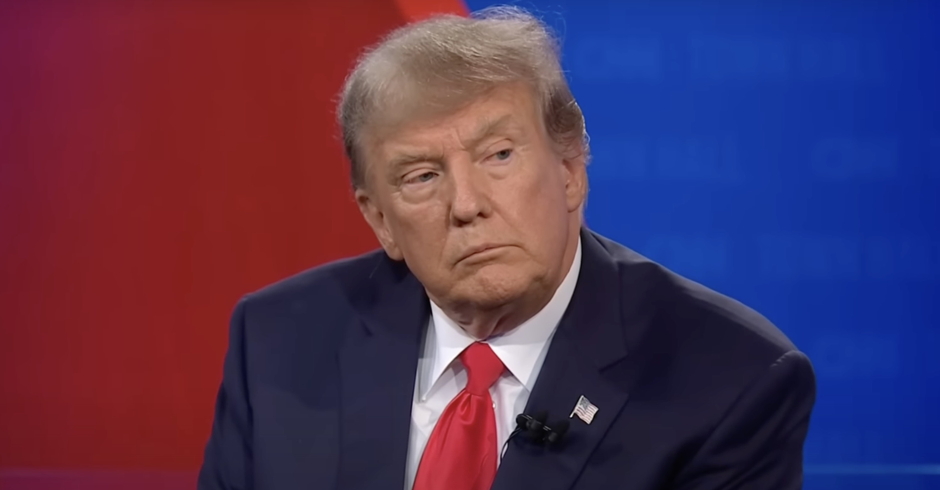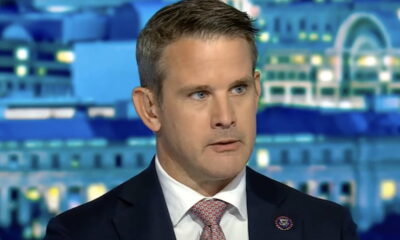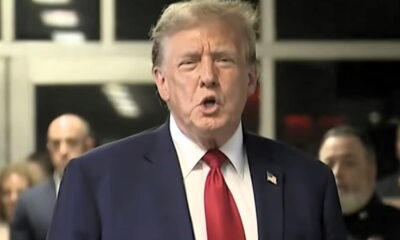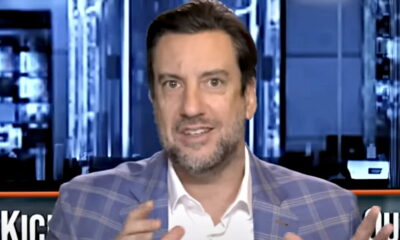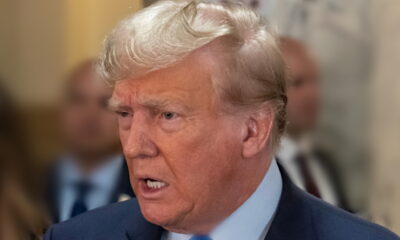States across the nation are determining whether or not former President Donald Trump can appear on ballots in upcoming primary elections—and if Trump is even eligible to serve. Most of these arguments hinge on the 14th Amendment of the U.S. Constitution.
But with some states—like Maine and Colorado—moving to strike Trump from the ballot, while others—including California, Minnesota and Michigan—deciding to keep Trump in the primaries, is there a clear answer as to whether or not the 14th Amendment actually applies? Let’s take a look at the arguments, for and against.
What is the 14th Amendment?
The 14th Amendment lays out the rules for being an elected official in the federal government, and is also the home of the equal protection clause. While the equal protection clause—which sets up due process—is important, most of the focus in this particular fight is on Section 3.
Section 3 reads as follows:
No person shall be a Senator or Representative in Congress, or elector of President and Vice-President, or hold any office, civil or military, under the United States, or under any State, who, having previously taken an oath, as a member of Congress, or as an officer of the United States, or as a member of any State legislature, or as an executive or judicial officer of any State, to support the Constitution of the United States, shall have engaged in insurrection or rebellion against the same, or given aid or comfort to the enemies thereof. But Congress may by a vote of two-thirds of each House, remove such disability.
Section 3 was passed shortly after the Civil War, and ratified in 1868. It was intended to keep former Confederates out of Congress and the electoral college. In 1872, Congress invoked the last clause of the section to give immunity to most former Confederates, except for those high up in the Confederacy—for example, General Robert E. Lee or President Jefferson Davis.
Prior to Trump, Section 3 has been invoked only once after the Civil War. Victor Berger, a Socialist Party of America member from Wisconsin was barred from his elected seat in the House of Representatives in 1919 and 1920. Berger had been convicted in 1919 of violating the Espionage Act of 1917 for speaking against the U.S.’ entry into World War I. The Supreme Court ruled in 1921 that Section 3 did not apply to Berger, and he served three more terms in the House, from 1923 to 1929.
Why The 14th Amendment Disqualifies Trump
Both Maine and Colorado have barred Trump from their primary ballots, citing the 14th Amendment. In Maine’s ruling Thursday evening, Secretary of State Shenna Bellows said that Trump “engaged in insurrection” on January 6, 2021, when his supporters stormed the Capitol Building in order to stop the confirmation of the 2020 election results in Congress.
“I do not reach this conclusion lightly,” Bellows wrote, according to the AP. “I am mindful that no Secretary of State has ever deprived a presidential candidate of ballot access based on Section 3 of the Fourteenth Amendment. I am also mindful, however, that no presidential candidate has ever before engaged in insurrection.”
On December 19, Colorado’s Supreme Court ruled 4-3 that Trump was ineligible to appear on the primary ballot due to the 14th Amendment, according to the AP. The court ruled that Trump indeed engaged in an insurrection, and thus, was not able to be president.
Other politicians and pundits have weighed in. Democratic Representative Jamie Raskin of Maryland, a former professor of constitutional law, said the Constitution “could not be any clearer,” according to The Hill.
“This is a chance for these [Supreme Court] justices to show that they really mean it when they talk about textualism, when they talk about originalism. The plain text of the Constitution could not be any clearer,” Raskin said. “If Donald Trump is not disqualified from holding office again after what he did on January 6 in the weeks leading up to it, then who is disqualified? Why would they read an entire provision out of the constitution?”
Another constitutional law professor, Mark A. Graber of the University of Maryland, agrees. Graber puts particular emphasis on the part of Section 3 about a person who had previously taken an oath to protect the Constitution who engages in insurrection.
“These oaths bind officeholders to follow all the rules in the Constitution. The only legitimate government officers are those who hold their offices under the constitutional rules. Lawmakers must follow the Constitution’s rules for making laws. Officeholders can only recognize laws that were made by following the rules – and they must recognize all such laws as legitimate,” Graber wrote in an essay for The Conversation.
Why It Doesn’t Apply to Trump
On the other hand, most of the court rulings in favor of Trump ask questions of jurisdiction and standing. In Florida, a federal district judge ruled that the lawyer and voters who sued to remove Trump didn’t have standing, according to Forbes. In Michigan and Minnesota both, Trump was allowed to remain on the ballot because Trump had qualified for the primary election, but the courts said the cases could be brought again should Trump enter the general election.
In California, Secretary of State Shirley Weber declined to honor a request from Lt. Governor Eleni Kounalakis to “explore every legal option” to boot Trump from the ballot citing the 14th Amendment, according to the New York Times. However, California state law does not legally give the secretary of state authority to disqualify candidates in the presidential race, the Times reports. This sets California apart from most other states, where secretaries of state indeed have that power.
As with the argument in favor of dumping Trump, politicians have come out to say that the 14th Amendment doesn’t apply in this case. Former House Speaker Newt Gingrich (R-GA) said that Section 3 only applies to the former Confederacy, and has no modern application.
“The 14th Amendment referred to, basically, people who had risen in rebellion and fought a war for four years. There’s no point at which it references anybody today,” Gingrich said, according to The Hill.
Gingrich also said that Trump had not been charged with insurrection, “because you can’t. Because an insurrection is a unique and classifiable thing.”
Legal scholar Kurt Lash wrote an op-ed for the New York Times that posits that the 14th Amendment doesn’t apply, as the presidency is not, as the Constitution requires, a “‘civil’ office ‘under the United States.'”
“If the framers meant the catchall provision to include presidents and postmasters, they were remarkably negligent. According to longstanding congressional precedent and legal authority, the phrase ‘civil office under the United States’ did not include the office of president of the United States. As Joseph Story explained in his influential ‘Commentaries on the Constitution of the United States,’ the congressional precedent known as Blount’s case established that the offices of president, senator and representative were not civil offices under the government of the United States; they were the government of the United States. The phrase ‘civil office under the United States’ referred to appointed offices,” he continued.
Of course, we’ll have to wait for the Supreme Court to decide before we’ll have an official answer. While both chambers of Congress could give Trump an exemption, this seems unlikely as the Republican control of the House is by a razor-thin margin, and the Democrats control the Senate.
But either way, until then, Trump’s political fate lies in limbo.
